 Cabot Delegates
Cabot Delegates
Entry Type: Group - Starting with C
 Cabot Delegates
Cabot Delegates
 Cabot Delegates
Cabot Delegates
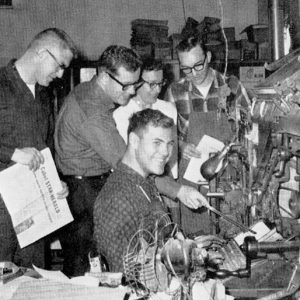 Cabot Star-Herald Staff
Cabot Star-Herald Staff
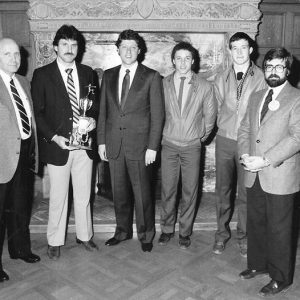 Cabot Team Recognition
Cabot Team Recognition
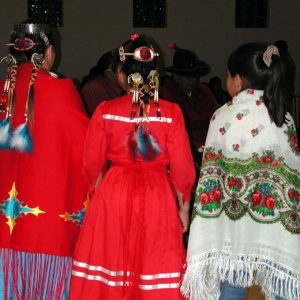 Caddo Dancers
Caddo Dancers
Caddo Nation
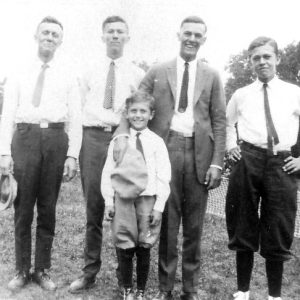 Calaway Family
Calaway Family
 Caldwell and Band
Caldwell and Band
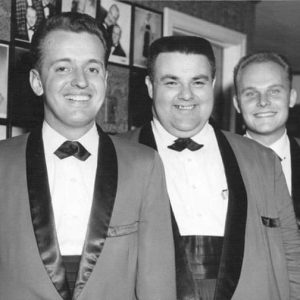 Punky Caldwell Trio
Punky Caldwell Trio
 Calhoun County Loggers
Calhoun County Loggers
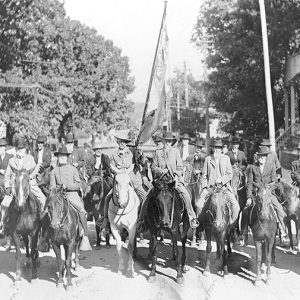 Camden Vets
Camden Vets
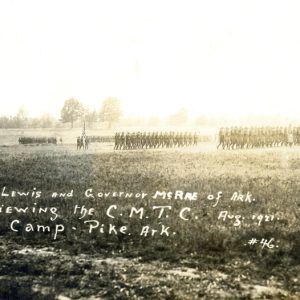 Camp Pike
Camp Pike
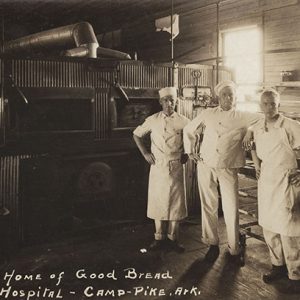 Camp Pike Bakery
Camp Pike Bakery
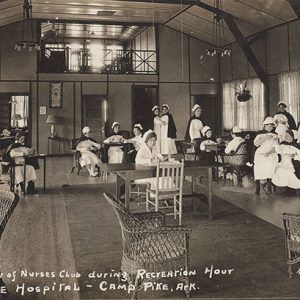 Camp Pike Nurses
Camp Pike Nurses
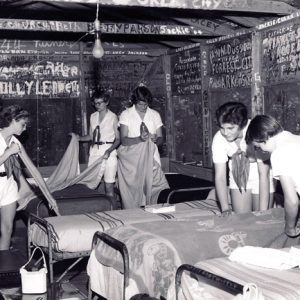 Camp Joyzelle Cabin Interior
Camp Joyzelle Cabin Interior
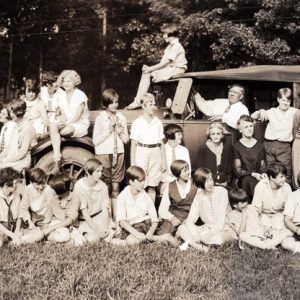 Camp Joyzelle
Camp Joyzelle
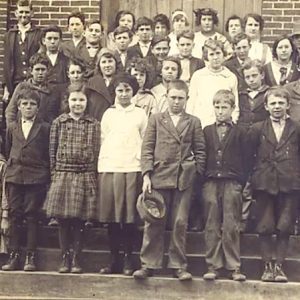 Cane Hill College
Cane Hill College
Capital Citizens’ Council (CCC)
Capitol Zoning District Commission
 CAREN Board
CAREN Board
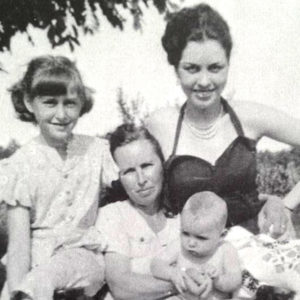 Jeanne Carmen
Jeanne Carmen
 Henrietta Elizabeth Carolina
Henrietta Elizabeth Carolina
Carpenter’s Produce
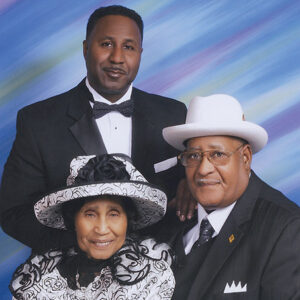 Carpenter Family
Carpenter Family
Carpetbaggers and Scalawags
Carroll County Historical and Genealogical Society
CARTI
aka: Central Arkansas Radiation Therapy Institute
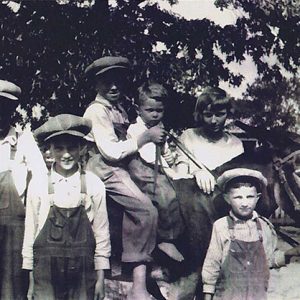 Cartwright Children
Cartwright Children
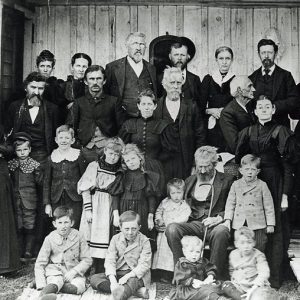 Casey Family; 1890
Casey Family; 1890
 Castle Dance Steps
Castle Dance Steps
 Irene and Vernon Castle
Irene and Vernon Castle
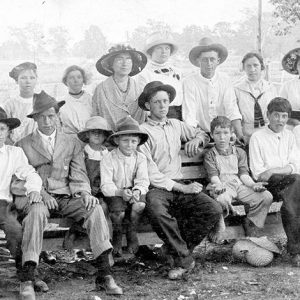 Catcher School
Catcher School
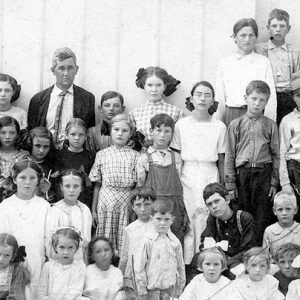 Catcher School
Catcher School
Cate Brothers Band
 Cate Brothers
Cate Brothers
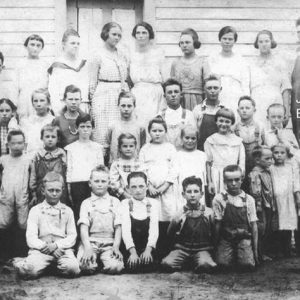 Cave Springs School
Cave Springs School
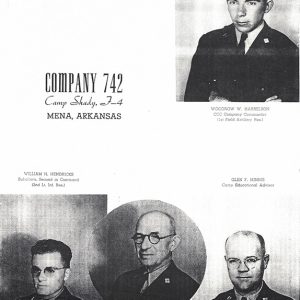 CCC Staff
CCC Staff
 Cedar Grove Masonic Lodge
Cedar Grove Masonic Lodge
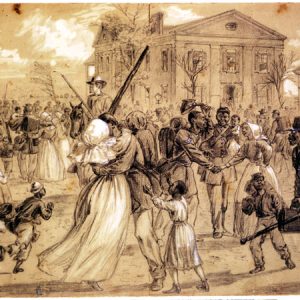 Celebrating African American Soldiers
Celebrating African American Soldiers
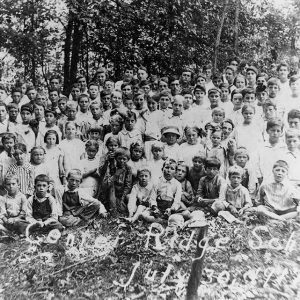 Center Ridge School
Center Ridge School
Central Arkansas Development Council
Central Arkansas Radio Emergency Network (CAREN)
Central Arkansas Water
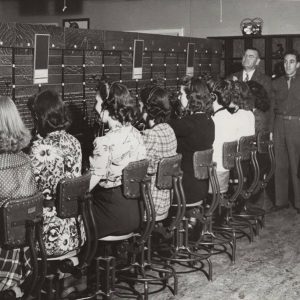 Chaffee Switchboard
Chaffee Switchboard
 Hank Chamberlin
Hank Chamberlin
 The Checkmates
The Checkmates
Cherokee
Chi Omega
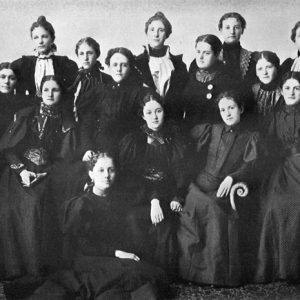 Chi Omega 1897
Chi Omega 1897
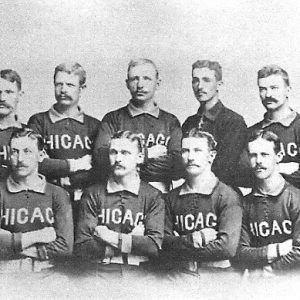 Chicago White Stockings
Chicago White Stockings




